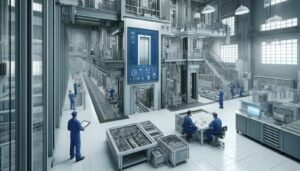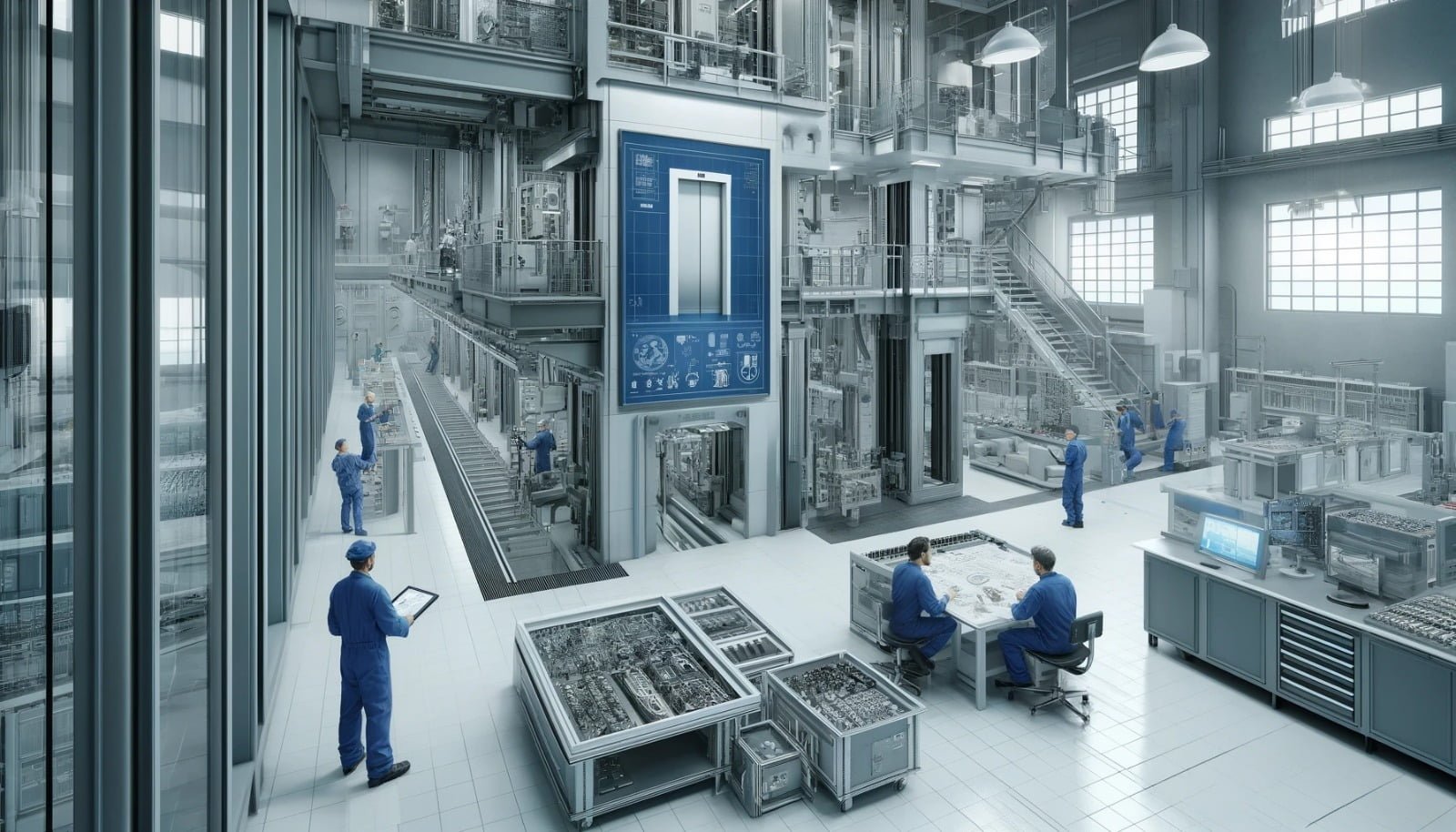 Introduction
Introduction
Elevators, or lifts as they are more commonly called, are a necessary component of contemporary living since they provide simple access to towering buildings. Have you ever thought, though, how these technological wonders have changed throughout time? Let’s today examine the materials, technology, and production processes that have fashioned lift manufacturing innovations into the reliable, safe, and affordable solutions they are today.
Materials Revolution: –The size and capacity of early lifts were constrained by the frequent use of heavy materials like wood and iron in their construction. Introduction of steel that transformed the lift industry, enabling the construction of stronger lift systems and larger structures. These days, materials that are both strong and lightweight, such aluminium and composite fibres, are employed to increase lift efficiency and longevity. Because they are lighter, these materials not only increase lift safety but also help save energy.
Technological Innovations: –The speed and dependability of traditional lifts were restricted by their manual operation or the use of basic mechanical systems. – Smoother rides and quicker travel times were made possible by the revolutionary introduction of electric motors and control systems into lift operation. – To maximise energy efficiency and passenger flow, modern lifts make use of cutting-edge technologies including destination management systems and regenerative braking. By anticipating and averting any problems before they arise, the integration of sensors and intelligent algorithms improves safety.
Process Improvements: –Installing lifts used to be a labor-intensive procedure that frequently called for significant alterations to structures. – The advancement of modular lift systems has expedited the installation process, minimising the disturbance to pre-existing structures and minimising project durations. – Precise planning and customisation are made possible by computer-aided design (CAD) and building information modelling (BIM) tools, which guarantee the best lift placement and functionality. – Automation and precision machining are two examples of enhanced manufacturing processes that have improved production efficiency and quality control.
The Future of Lift Manufacturing:– Lift manufacturers are looking at creative ways to adapt to changing needs as urbanisation drives up demand for tall buildings. – Materials science breakthroughs like graphene and carbon nanotubes promise even stronger and lighter lift components in the future. – New technologies with the promise to create faster, more energy-efficient lift systems include magnetic levitation (maglev) and vertical transportation systems (VTS). – The development of environmentally friendly lift solutions, such as solar-powered lifts and energy-efficient components, is being driven by concerns about sustainability.
Conclusion: The development of lift manufacturing has been characterised by constant advancements in materials, technologies, and procedures, from modest beginnings to state-of-the-art inventions. Lifts of today are not only more effective and safe, but also more ecologically friendly and flexible to meet the demands of contemporary urban living. The possibilities for lift technology seem endless, offering ever-higher levels of sustainability, safety, and convenience as we look to the future.




Add comment